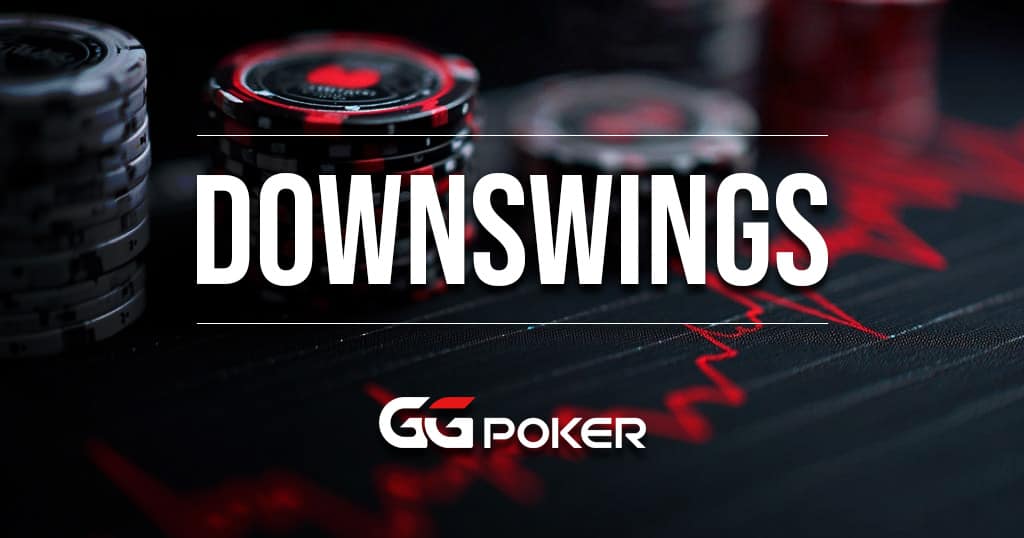The Importance of Table Selection in Poker

Ever wondered why some online poker players seem to have a Midas touch, turning every session into a goldmine, while others struggle to break even? It’s not just about the cards or how you play them, my friend. It’s about where you play them. Welcome to the art of table selection.
Why Table Selection Matters
Imagine walking into a room full of Olympic sprinters and challenging them to a race. It would be a tough challenge, and you’d probably lose. The same principle applies to online poker—sometimes, picking the right table is all about finding a place that matches your playing style and allows you to play comfortably and confidently. The idea behind table selection is to maximize your potential to make strategic plays against a mix of players, enhancing your chance of success.
Table selection is not about exploiting weaker players; it’s about finding a setting where you can feel comfortable, make confident decisions, and leverage your skills effectively. The goal is to seek tables that provide a fair and enjoyable opportunity to apply your strategy and continually improve.
Recognizing Table Dynamics: The Key to Success
Identifying favorable tables isn’t about spotting weaker players; it’s about understanding the overall table dynamics. A table filled with overly aggressive players might require more cautious play, while one with tight, cautious players could call for a more creative and bold approach. The key is to adapt to different table dynamics to make the most of your strategy. Recognizing the playing styles at a table will help you decide where your skills can best be applied.
Consider these indicators:
- High VPIP (Voluntarily Put in Pot): Tables with players who have high VPIP percentages tend to create a looser, more action-packed environment, which can offer a wider range of strategic opportunities, depending on your comfort level. These environments can be exciting and offer opportunities to apply a broad range of strategies, depending on your comfort zone.
- Frequent Showdowns: If you notice players are frequently showing down their hands, it can indicate an active table with lots of betting action. Such tables can present more opportunities to apply your skills effectively and adapt to different styles of play.
Position: Your Secret Weapon
Position at the table is a crucial factor in poker. Sitting in a late position allows you to see how your opponents are playing their hands before you have to make a decision—giving you a significant informational advantage. Table selection should include consideration of where you might best utilize this positional edge.
If you can choose a spot that allows you to act after players who tend to be less aggressive, you gain a strategic advantage by having more information to adapt your decisions. This positioning helps you adjust your strategy effectively against a variety of play styles. This lets you respond to their decisions and take better control of the hand.

The Dynamics of Table Stakes
Not all tables are created equal. A $1/$2 table can be vastly different from a $5/$10 table—but not just because of the stakes. A mix of different playing styles and behaviors can make one table more attractive than another, even at the same level. The key is adaptability—you want to be comfortable adjusting to the nature of the table, whether it’s more aggressive, more passive, or somewhere in between.
Time of Day: The Unsung Hero of Table Selection
Did you know that the time of day can influence the quality of your table? Late nights and weekends often see a surge of casual players who are there to relax and have fun. These times are ideal for those looking for a more relaxed and enjoyable game, where the focus is on having a good time and honing your skills in a friendly environment. That said, it’s essential to treat all players with respect and enjoy the social aspect of poker—everyone is there to have a good time.
Using Software to Gain Insight
In the digital age, it can be helpful to use tools that provide insights into the tendencies of players at a table. Software like PokerCraft or Smart HUD can give you data on different playing styles, helping you understand table dynamics to make informed decisions that align with your playing style, rather than targeting individual players for perceived weaknesses. However, it’s important to use these tools ethically, and remember that poker is ultimately a game of skill, patience, and psychology—not just statistics.
But What If I’m the Least Experienced Player?
It’s a daunting realization: if you’re sitting at a poker table and can’t identify who is less experienced, it might be you. But don’t let that discourage you. Every professional started as a beginner, learning and making mistakes along the way. Take the opportunity to learn from each hand, study the game, and sharpen your skills. Use each session as a stepping stone to improve your understanding of poker.
Observe the behavior of more experienced players, take notes, and focus on improving your fundamentals—like hand selection, position, and betting strategy. Remember that growth takes time, and even the best players were once in your shoes.

Conclusion
Table selection is an art, a science, and a dash of gut instinct. It’s not about exploiting others but about giving yourself the best chance to enjoy the game, apply your skills, and steadily improve. So, the next time you log into your favorite online poker site, remember: It’s not just about the cards; it’s about where you play them. Choose a table that aligns with your style, where you can confidently put your strategies into action. And most importantly, enjoy the game—that’s what poker is all about. May the flop be ever in your favor!
Whether you’re a fan of high-stakes cash games or the excitement of multi-table poker tournaments, GGPoker is the premier destination for poker enthusiasts. For those aiming to compete for a prestigious WSOP bracelet, push through the ranks for a WSOP Circuit ring, or simply hone their strategies in classic games or poker formats, GGPoker has something for everyone. The platform offers a seamless online poker experience, with innovative features like Smart HUD, PokerCraft, and integrated staking, designed to elevate your game. Whether you’re grinding your way up in daily cash games or competing for life-changing prizes in major online series, GGPoker provides the best environment to play, improve your poker skills, and succeed in the world of online poker. And if you are not sure where to start, you can always play free poker games and learn at the GGPoker School.







